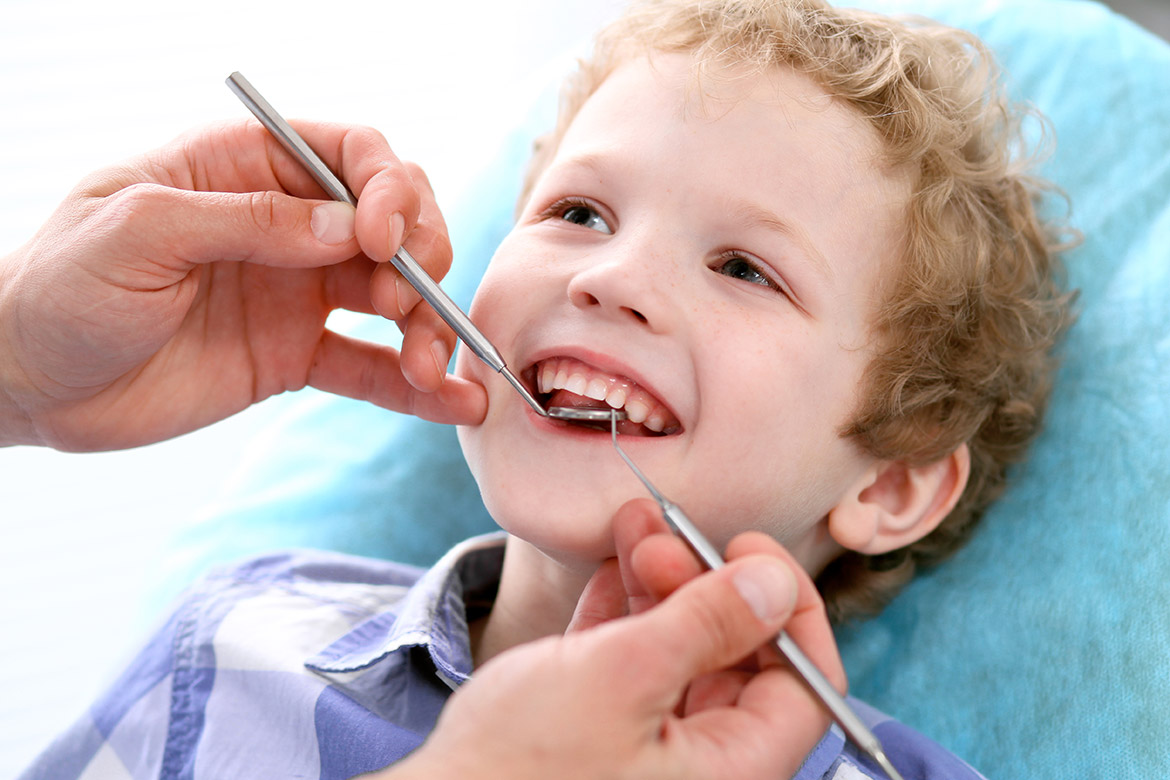Beyond the aforementioned mechanisms, which constitute the primary etiological factors, the progression of periodontal disease is significantly influenced by the function of sex hormones.
Adolescence, characterized as a period of hormonal disturbances, negatively affects the gingival tissues, causing reduced defensive capability and changes in the composition of the microbial flora, which includes a predominance of periodontopathogenic bacteria.
These processes result in a pronounced clinical picture and intense symptoms in the patient. Specifically, there is redness and swelling at the gum margin, intense bleeding during tooth brushing, or even when biting hard food.
Other external factors that contribute to the worsening of gingivitis during adolescence include smoking, frequent alcohol use, certain categories of medications (e.g., contraceptives for teenage girls), and even orthodontic treatment, which can act as a retention factor for dental plaque.
Prevention
Prevention of gingivitis and periodontitis during adolescence can be achieved through:
- Excellent oral hygiene, including brushing twice a day and using dental floss once a day.
- Quitting smoking.
- Improving dietary habits (reducing the consumption of alcohol and fats), thereby enhancing overall health.
- Regular dental check-ups every six months and dental cleaning (scaling by the dentist).
Treatment
The first phase of treatment consists of teaching effective daily oral hygiene practices and ensuring the adolescent adheres to them to maintain the achieved results.
The second phase of treatment involves dental scaling and the removal of old restorations that are considered biologically unacceptable (e.g., poorly fitting fillings or prosthetic work).
The third, but equally important phase of treatment, is the re-evaluation of the patient after 3 weeks to check the healing of the tissues. If healing has been achieved, subsequent check-ups are scheduled every 6 months.
Suggested Reading:
Vrotsos I., Karousis I., “Periodontology, Implantology.”
Tsami A., Periodontal Treatment in Children and Adolescents, “Odontostomatological Progress.”

